Rob and Alison Barry have noticed some changes on their Central Hawkes Bay farm block, Barry Farms, in recent years. Rob says he’s often followed by fantails and there seem to be more around.
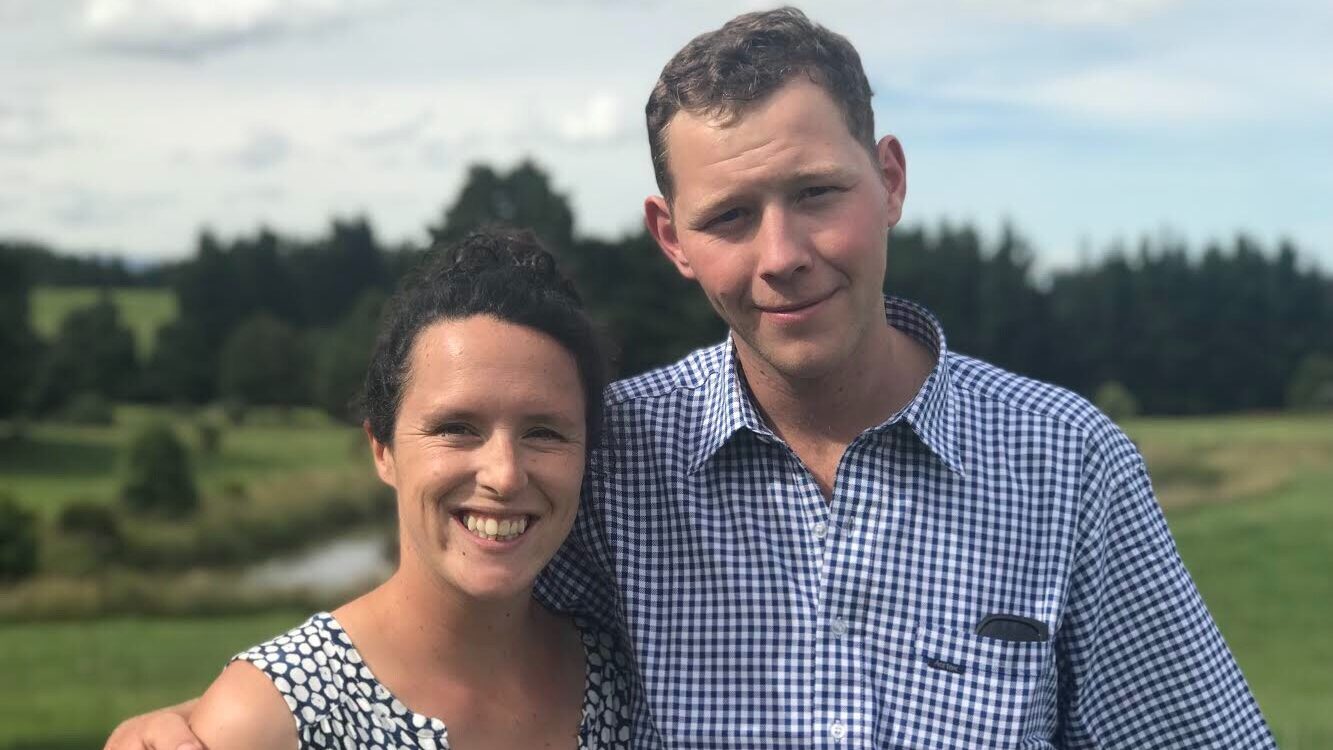
Barry Farms at Ashley Clinton includes an 8 hectare bush block which has been under QE II covenant for over 25 years, Rob reckons.
“My parents bought the land in 1996 and converted it to dairy,” Rob recalls, “Over the last 25 years the family has done a lot of weed control through the block and we’ve been trapping and carrying out pest control for the last 10 years.”
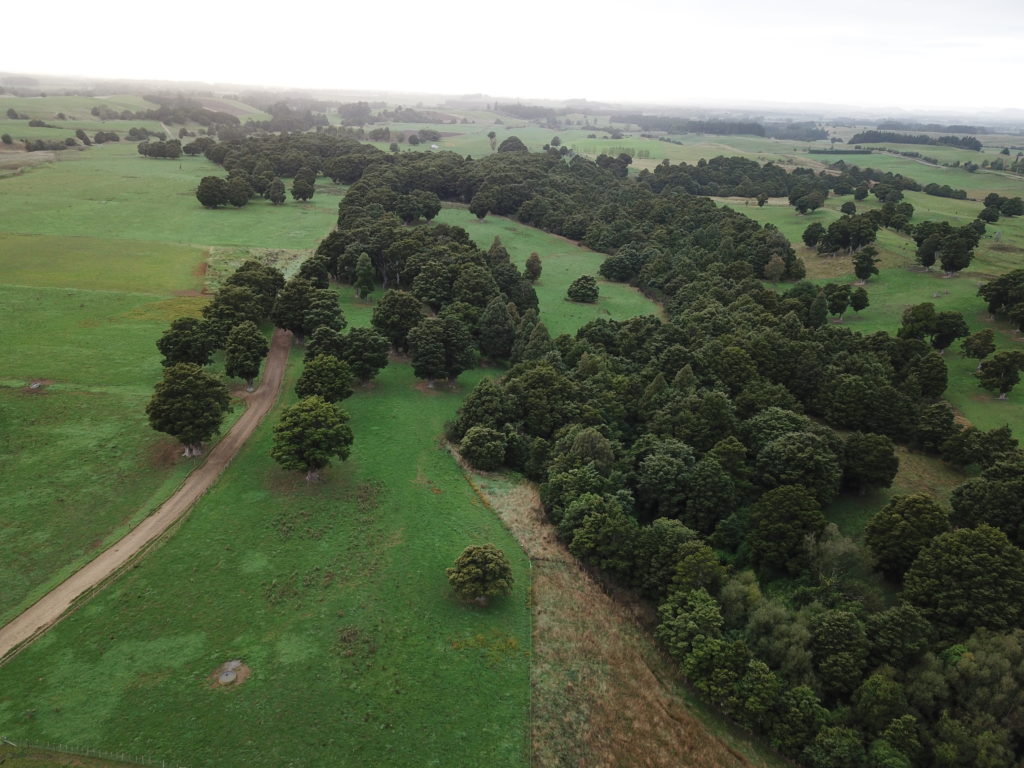
Over the years, the Barry family have combined several farms into a company now known as BEL Group which farms 3700 hectares (effective). The business was started by Robert’s mother Andrea and his late father Peter in the 1990s and now employs 70 full-time staff. About 9000 cows are milked across nine dairy farms. The business owns or leases a further eight dairy support blocks.
Sustainability is a key passion of Rob’s, reflected in his current role as sustainability lead for BEL Group and in his wider involvement in his local community. Rob and Alison were the East Coast regional winners of the Ballance Predator Free Farm Award in 2018 and are keen to be proactive in the trapping space.
“I wanted to do more,” Rob explains, “so got in touch with Kay Griffiths (‘The Conservation Company’) and Hawke’s Bay Regional Council. Because I was keen and interested, they have been trialling some new traps on the farm for a few months, with cameras monitoring how the rats go into the traps and so on.”
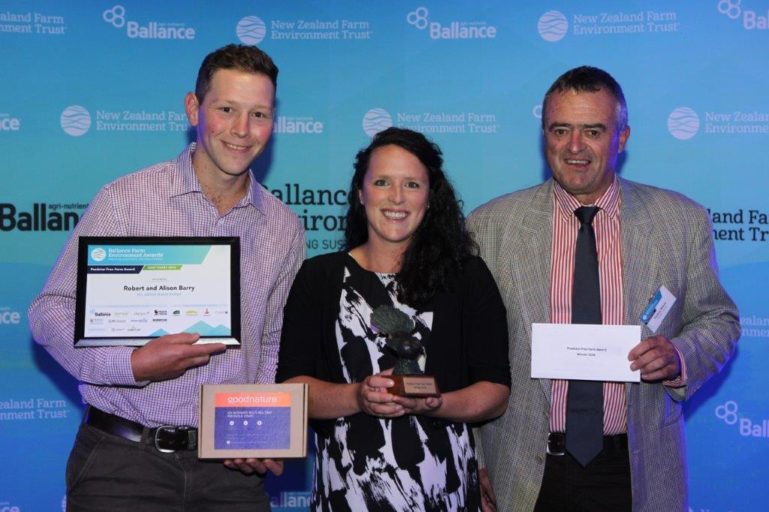
The traps are self-resetting and are being developed and trialled by Hamilton company New Zealand Autotraps .
“The traps were set up 6 months ago and every trap has had at least one kill and reset,” says Rob. “They’re multi-species traps and when mice die, they’re bait for rats. We’ve also caught one feral cat. They’re reliable and robust, based on a modified DOC 200 trap with an automatic solenoid and laser beam.”
The bait is known as ‘blue goo’ and is peanut butter based.
“The peanut butter oil dispenser has a little motor that pumps out new peanut oil bait every 24 hours,” Rob explains. “It drops down onto a plank below the trap and helps to guide the predators up. The whole surrounding area smells of peanut butter and lures the predators in.”
Rob is impressed by the sustainability advantages of the resetting, rebaiting traps, in part because of his own experiences of the labour intensity and sometimes high burnout rate of volunteers using standard trapping methods.
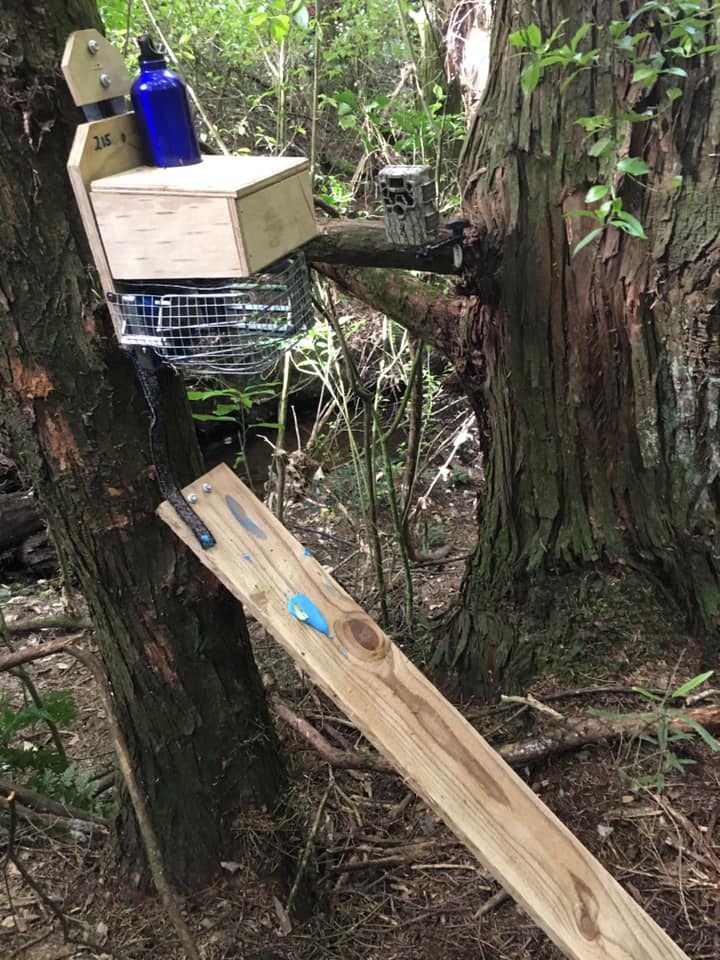
“The next bush block over from our QE II block is A’Deane’s Bush,” says Rob. “It’s a local DOC reserve but was in bad shape until John and Jay Benton started investing in it. They started trapping in the bush and in a halo of surrounding farmland and needed sponsors for the trapping, so my mother, Andrea got involved, paying people to do the trapping.”
Rob himself was overseas at the time but returned 4 years ago.
“I got involved with ‘Young Farmers’ and we took over the trapping in A’Deane’s bush as a group project. Every 2 weeks we’d do the traps either in pairs or just one member on their own. It was a success – we reduced the pest count inside the bush by about 30%. It was also good in that it got other young farmers involved in trapping on different blocks of land. They started to see the pests in a different light and were keen to do their own pest control.”
Being involved in labour-intensive trap-checking also gave the Young Farmers a new insight into the challenges of conservation.
“A lot of them were deer-hunters etc and anti-1080,” Rob explains. “When they got involved in trapping it changed their view. Trapping is awesome, but there’s a big wilderness that’s not accessible. The Young Farmers trapping group lasted about a year, then some of the key people moved onto other farms and we stopped doing the trapping work as a club. Now our family business pays a local semi-retired man to check and do the traps.”
Interest in A’Deane’s bush has continued to grow, however.
“The whole community has now got behind A’Deane’s Bush,” says Rob. “There’s a group ‘Friends of A’Deane’s Bush with a Facebook page set up. There’s a tiny 10-minute walk, but it’s pretty neat, pretty special. The largest totara tree in New Zealand is in the centre bush. It’s also spiked people’s interest and now other farmers are seeing their own remnants, big and small, as treasures.
Riflemen have been reintroduced to A’Deane’s Bush and thanks to predator control, the riflemen and the native bats that also live there are now protected.
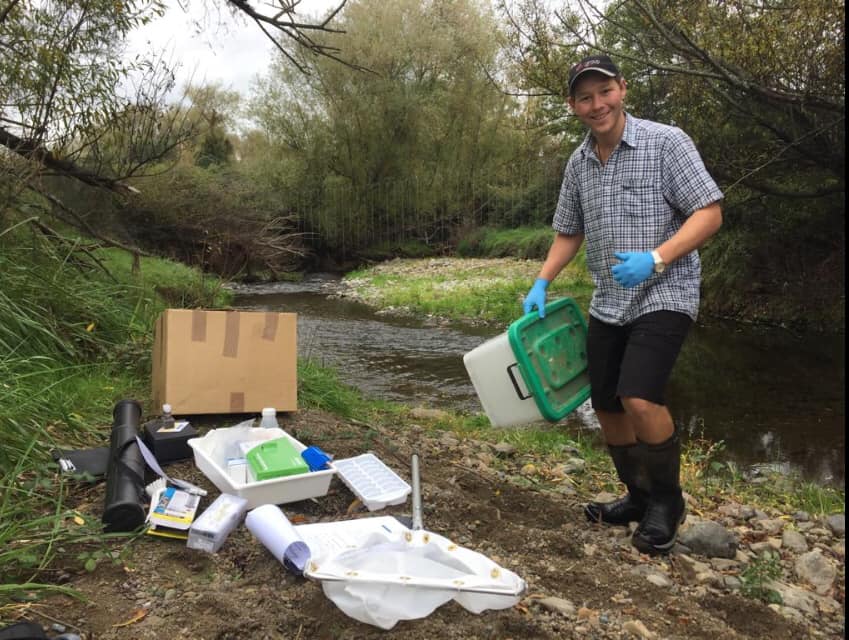
“We’re still checking results with the riflemen,” Rob says. “They’ve not mated yet. We’re also worried they could have flown out of A’Dean’s Bush into other blocks and so need to extend our trapping beyond the release site.”
Rob already has his eye on another bush block that would benefit from predator control.
“It’s on the other side of our boundary – Monkton’s Scenic Reserve, which is a DOC reserve,” he says. “We’re looking to do more there. We’ve fenced over 26 hectares to exclude stock and its regenerating, but needs weed and pest control.”
Rob has been talking to the Hawke’s Bay Regional Council about the reserve and formed a Catchment Group two years ago.
“We formed the Tukipo Catchment Care Group. Water quality is a key issue at the moment,” he says. “Farmers are concerned, but not sure of the best approach, so it’s good to share ideas about water quality, biodiversity and greenhouse gases. We also see the Tukipo Catchment Care Group as a key tool and driver to engage to protect our environment.”

